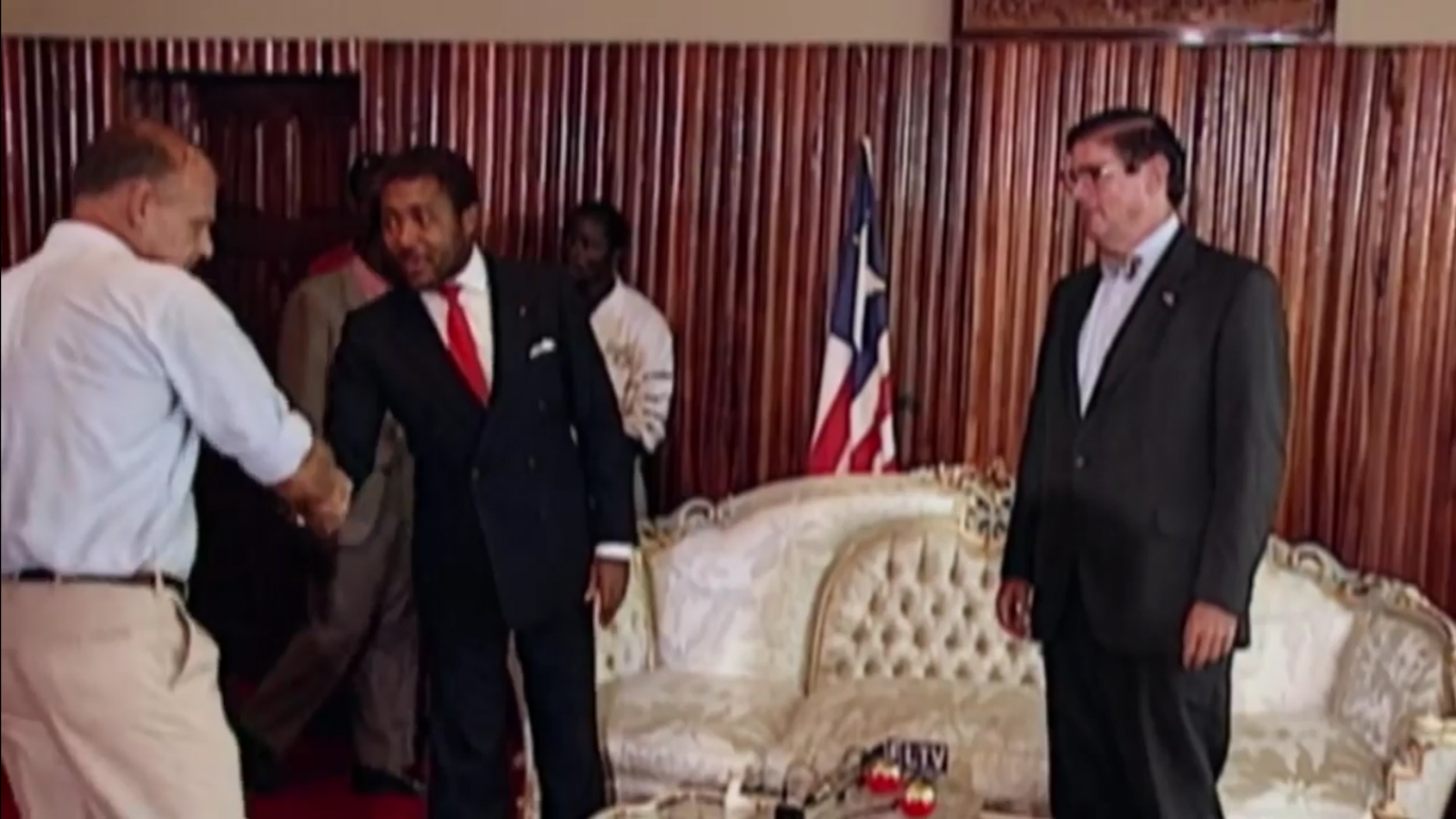No, our personalities aren’t set in stone by the time we’re eight: For decades, developmental psychologists have been embroiled in debate over the extent to which any given individual’s personality is malleable, and the age at which basic personality traits become evident. Some research suggests that key traits, including self-esteem, are determined during our first decade. However, it has become increasingly evident that personalities shift a great deal well beyond the age of 10 (or 20 or 30, for that matter), and it is often for the better. “Many studies…show that most adults become more agreeable, conscientious and emotionally resilient as they age,” NPR’s Christopher Soto writes.
This natural process can take years or decades to unfold, pushing researchers to look into how much success someone actively working towards personality change will find, and how fast changes can be observed. A recent analysis of studies zoning on neuroticism found that, in around three months and with the guidance of a therapist, individuals can lower their neuroticism by half of the amount it would take natural personality development over the course of 40 years. (Go figure, psychologists are recommending you get help from other psychologists.) “Therapy, this analysis found, seems to be especially effective at decreasing neuroticism, a trait that ‘not only disposes you to anxiety and other negative emotions, but to spending lots of time ruminating about all those feelings,’” Melissa Dahl writes for New York Magazine. The main caveats: For starters, neuroticism can simply be part of a bigger issue, such as depression or anxiety, which makes it difficult to determine whether the research found actual changes in the trait. A key distinction to note at this point is that changes in behavior are not always indicative of changes in personality. It is possible for a person to become more self-aware and begin exerting effort in controlling one’s behavior, despite their underlying personality traits pushing them to behave differently.










